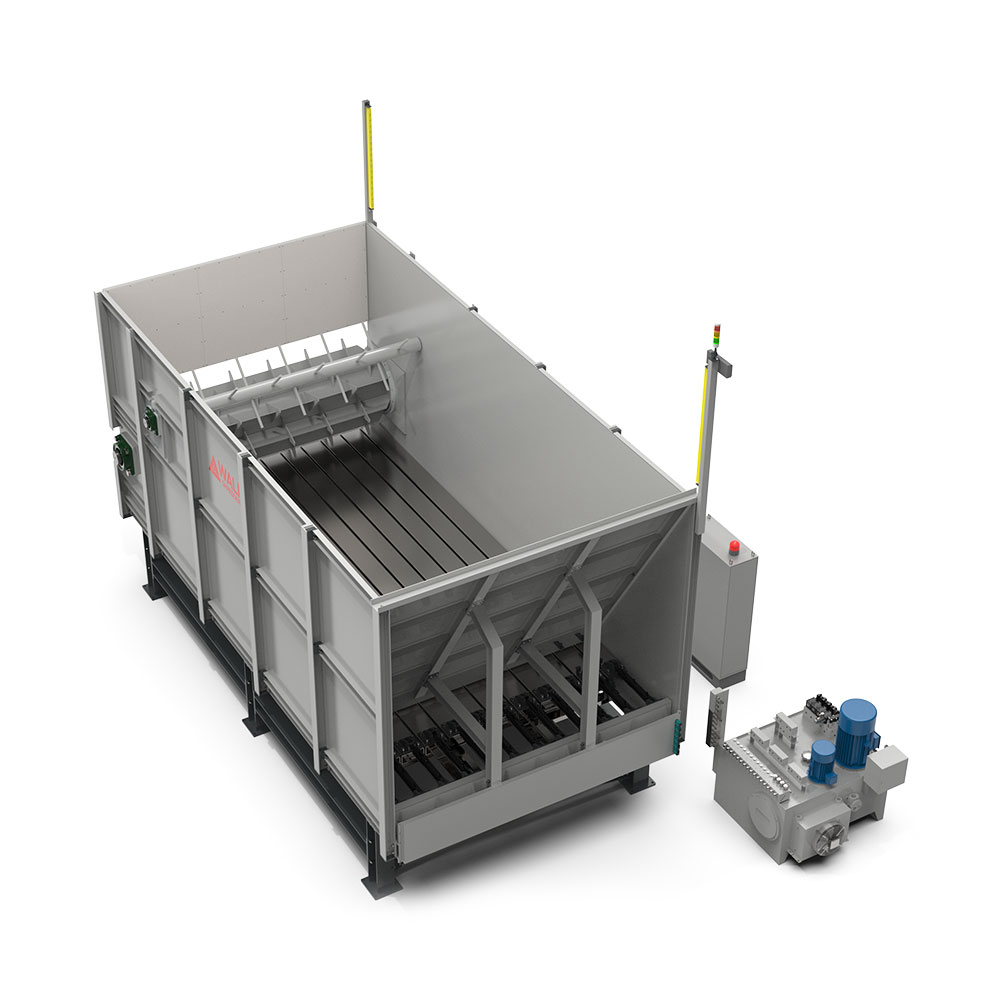Bulky Waste Recycling Production Line
Table des matières
- What is Bulky waste ?
- How to handle Bulky Waste around the world?
- A Bulky Waste Recycling Production Line
- FAQs about Bulky Waste
- Conclusion
What is Bulky Waste ?
Bulky waste refers to large items of refuse that are not easily handled by regular waste collection services due to their size, weight, or shape. These items are typically too large to fit into standard waste bins and require special handling and disposal methods. Common examples of bulky waste include:
- Furniture: Sofas, chairs, tables, beds, mattresses, and wardrobes.
- Appliances: Refrigerators, washing machines, dryers, stoves, and other large household appliances.
- Électronique: Large televisions, computer monitors, and other oversized electronic devices.
- Carpets and Rugs: Large floor coverings that are difficult to compact.
- Construction Debris: Items such as doors, Windows, bathtubs, and other large fixtures removed during renovation or demolition.
- Garden Waste: Large branches, tree stumps, and other oversized garden debris.
Because of their size and complexity, bulky waste items require special collection and recycling processes.
How to handle Bulky Waste around the world?
Handling bulky waste varies by region, but according to the survey, common practices around the world include:
Europe
- Curbside Collection: Many cities offer scheduled curbside pickup for bulky waste. Residents can place large items on the curb for collection on designated days.
- Recycling Centers: Dedicated facilities where residents can drop off bulky items for recycling. These centers often accept a wide range of materials, including furniture, appliances, and electronics.
- Special Events: Some municipalities organize periodic bulky waste collection events where residents can bring large items to a central location for disposal.
North America
- Municipal Services: Cities often provide curbside pickup for bulky waste, sometimes requiring advance scheduling or special tags.
- Private Haulers: Residents can hire private companies to collect and dispose of bulky items.
- Drop-Off Sites: Local government or private companies operate drop-off sites where bulky waste can be taken for recycling or disposal.
Asia
- Community Collection Points: Designated areas where residents can bring bulky waste on specific days.
- Recycling Drives: Organized events where community members can bring large items for recycling.
- Municipal Collection: Some cities provide scheduled collection services for bulky waste.
Australie
- Hard Rubbish Collection: Annual or bi-annual curbside collection of bulky waste by municipal services.
- Resource Recovery Centers: Facilities where residents can drop off bulky items for recycling.
- Specialty Recycling: Programs targeting specific types of bulky waste, such as electronics or mattresses.
Africa
- Informal Recycling: In some areas, informal sector workers collect and recycle bulky waste items.
- Community Initiatives: Local organizations or communities may organize bulky waste collection and recycling efforts.
- Municipal Programs: In more developed areas, municipal services may offer bulky waste collection and recycling.
In a summery, the common way of disposal is for residents to hand bulky waste to government organizations or specialty institutions for unified disposal and recycling.
A Bulky Waste Recycling Production Line
A bulky waste recycling production line is designed to handle and process large items of waste that are typically not suitable for standard waste collection and recycling processes. This can include furniture, mattresses, large appliances, and other oversized items. The production line generally involves several stages:
- Initial Sorting and Inspection: Large waste items are sorted manually or using automated systems to separate recyclable materials from non-recyclable ones. Hazardous materials are also identified and removed at this stage.
- Shredding: Bulky items are fed into industrial shredders that reduce their size. This makes handling and further processing easier. Some production lines may use different types of shredders depending on the material type (Par ex., métal, bois, plastique).
- Separation:
 Once shredded, the material undergoes various separation processes to isolate different types of recyclables. Techniques include magnetic separation (for ferrous metals), eddy current separation (for non-ferrous metals), air classification (to separate light from heavy materials), and screening (to sort materials by size).
Once shredded, the material undergoes various separation processes to isolate different types of recyclables. Techniques include magnetic separation (for ferrous metals), eddy current separation (for non-ferrous metals), air classification (to separate light from heavy materials), and screening (to sort materials by size). - Processing and Cleaning: Recyclable materials may need to be cleaned and further processed to meet quality standards. For example, metals might be sent through additional stages of shredding and magnetic separation, while plastics might be washed and pelletized.
- Baling and Storage:
 The separated and processed materials are compacted into bales for easier storage and transportation to recycling facilities.
The separated and processed materials are compacted into bales for easier storage and transportation to recycling facilities. - Disposal: Non-recyclable materials and residues are properly disposed of, often sent to landfills or waste-to-energy facilities.
These production lines are essential for managing bulky waste in an efficient and environmentally responsible manner, reducing the amount of waste that ends up in landfills and recovering valuable materials for reuse.
FAQs about Bulky Waste
Q1: Why we need to deal with bulky waste?
A1:We can improve resource utilization, reduce storage space, facilitate transportation, etc.
Conclusion
Effective handling of bulky waste requires a combination of these methods, tailored to the specific needs and capabilities of a region or community. This approach helps minimize environmental impact, conserve resources, and promote sustainable waste management practices.
 Déchiqueteuse Wali
Déchiqueteuse Wali